Strange Kpop PT4: Aegyo
If you think that the Japanese have a peculiar and intense relationship to cute things and cuteness the Koreans may well have the Japanese beat – If being “gyo”, ie cute has a special place in the hierarchical and confucianistic Korean society, then “aegyo” is the act of being cute. In its hardest to digest form, aegyo is both artificial, a part of the both the age and gender oriented social system and blatantly incentivised by gaining the performing individual something from someone else. For all intents and purposes aegyo has a lot of potential to culture-gap you to the point of being nauseous. Don’t let that deter you though – read on to enjoy all the intricacies of Aegyo!
Kawaaiiiii-neeee!!!!
As a foreigner in Japan there are a lot of extremes that you, based on your subculturally filtered biases, would mistakenly take for commonplace in Japan. Doesn’t matter if it’s some obscure anime, a cultish introverted martial art or seahorse rope bondage (wait – is that a thing?) but with a large enough population and modern distribution models, you need to understand there is basically a market for anything. So things you might assume are pervasive in a culture such as the Japanese to the actual Japanese native might in fact just be your weird and obscure fetish…
But if there is one thing you can bet your life on is Japan and its obsession with cute things.
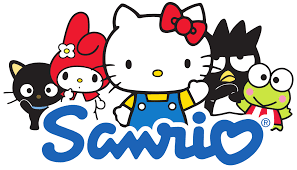
Hello Kitty and My Melody – Traditional Cute Stuff Courtesy of Sanrio.
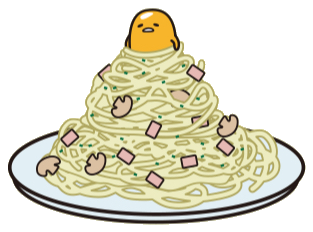
Gudetama – my favourite Sanrio character. A notoriously laze egg that won’t hesitate to sh#t in your carbonara with his/her whining and generally defeatist attitude!
The total adressable market for cute is huge. Corporations like Sanrio (creators and producers of Hello Kitty, My Melody, Gudetama, and many more) have cute at the heart of their business model while adjacent industries like toys manufacturing and video gaming are also hugely dependent on catering to the need for cute.
To speculate on why the Japanese are so obsessed with cute, leads you on a merry-go-round of assumptions and conjecture: maybe it has to do with being able to vent and channel feelings in a rather repressive and collectivist society? Maybe having to grow up quickly in many senses leaves Japanese adolescents with a need to revert to the infantile? Who the heck knows? Explaining the obsession with cute is actually something i think is better left to the professionals. But even with the Japanese having commercialised cute I would credit the South Koreans with having industrialised and regimenting it to a scary level…
What is Aegyo?
So what constitutes aegyo in South Korea? Aegyo mostly involves acting younger than you are and making cute voices and gestures. Making demands or statements that are kind of childish is aegyo. Smiling cutely, curtseying, doing different heart shapes, accentuating facial features that are typically associated with being cute or childish (like cheeks or squinting eyes). Singing a song in a cute voice – there is in fact a popular repertoire of songs used to do aegyo, is a typical aegyo performance. Asking for something from your older Oppa or Unnie is another. This could be something like asking to be treated to something to eat in a cute voice.
But aegyo isn’t reduced to Kpop groups – acting cute, most likely to charm someone or for getting something is something widespread even in civil South Korean society.
Aegyo in Kpop
You might think that doing aegyo is something implicit and not overt – and it is and it isn’t. And make no mistake that you actually do aegyo – ie act cute. An example: one of Lovelyz biggest hits (and one of my favourite Lovelyz singles) is Ah-choo. The song literally describes the protagonist detailing that she has pre-meditated aegyo to show the object of her affections to win his/her heart. (On a side note this once again makes it perfectly clear that it’s probably for the best to NOT understand too much of Kpop lyrics). Kpop groups will be called on to “do aegyo” on TV shows, at fan events, in concerts and performances. Some members will be known to be experts at aegyo and if you are the youngest, the maknae, you will more often than not, be expected to uphold the aegyo duty.
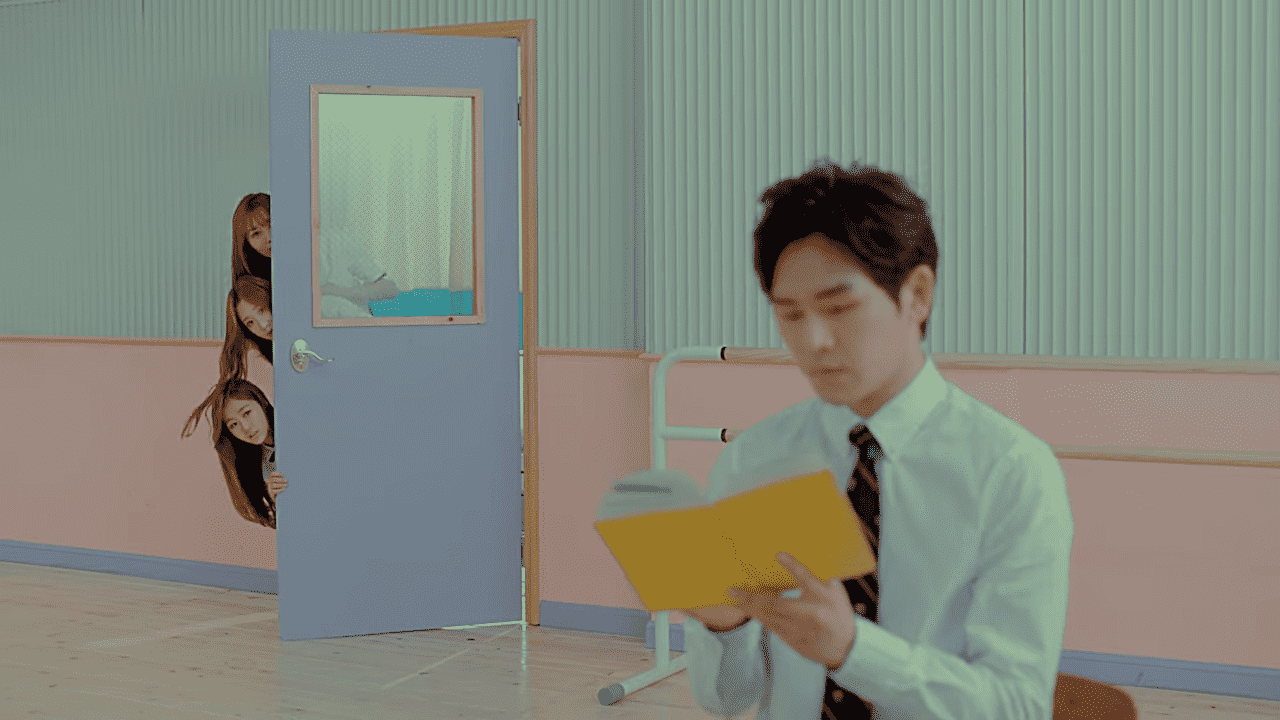
Does Hoya from Infinite appreciate Lovelyz‘ Aegyo? Hard to know – Hoya has a rep for being a serious person and may just identify as a counter-aegoyist.
Female & Male Aegyo and Well known Aegyoists in Kpop
Having been raised as a male, as well as identifying as a male and living in a Western culture, I have to admit I cringe when I see male Kpop artists do aegyo. Perhaps I’ve been evilly conditioned into feeling some behaviour is more acceptable and typical for females than it is for males. Maybe someone who either identifies as female or is a female could weigh in on if they have an adverse reaction to male aegyo or if there is no allergic reaction at all (in fact the perhaps opposite is true – there is a negative reaction to female aegyo but not to male?) And to not discriminate I’m equally interested in feedback from someone identifying… let’s say as a unicorn and how you feel about aegyo, executed by female or males. In any case, male aegyo makes me cringe and feel slightly nauseous while female aegyo I find silly and but sometimes I do find myself smiling at it. The natural correlation between acceptance and not, is obviously if I find the idol performing charming.
Well known Aegyoists in Kpop
There are several artists in Kpop groups who are notorious for doing aegyo. Some are kind of cute by nature, while others are more disturbing. These are some the ones who qualify for my list of notably dangerous (and cute) aegyoists.
KEI
One of the two main vocals and lead dancer of Lovelyz not only has a distinctly cute appearance but is also a well known aegyoist. Known for several massive acts of aegyoism, Kei can do it all. Here’s a classic Kei appearance that showcase her experienced and brutal full frontal Aegyo assault doing the classic Aegyo song “Oppaya”:
EUNHA
The lead vocalist and somewhat bumbling heroine of now disbanded Gfriend does a lot of aegyo. Sometimes it’s very hard to distinguish between general cuteness and living in a different dimension and conscious acts of aegyoism. Here is a prime example of Eunhas aegyo, captured for posterity:
SANA
One of the Japanese members of Twice, Sana comes from the land of the Rising Kawaii… I mean Sun. Besides being an extraordinary performer and one of the most popular members of Twice, Sanas’ expertise and fluency in Korean is only exceeded by her natural ability for aegyo:
Counter-Aegyoist
Some people just don’t mesh well with Aegyo. You could view them as counter-aegyo experts.
Chorong, the calm, ironfisted leader of Apink, is known for having a natural aversion to aegyo. Chorongs attempts at aegyo, most often forced on her by fans or by her group members are often accompanied by high pitched dolphin like squeals of pain and embarrassment and are again a true testament of the lengths that Kpop idols will go to please their fans…
How do you feel about Aegyo? Are you a fanatic aegyoist or more on the counter-aegyo side of things? Does aegyo make you smile or make you nauseous or perhaps just leave you with no emotion at all? What’s your favourite Aegyo incident on Youtube?
Read all of Strange K-pop
Strange K-pop is all about the weird and wonderful of K-pop. Always with amazement, never without love.
Read it all for instant gratification.

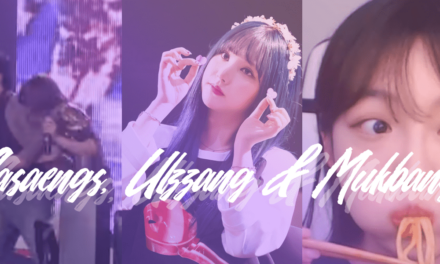

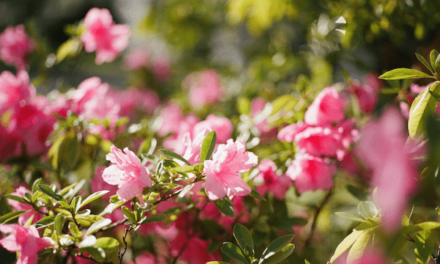
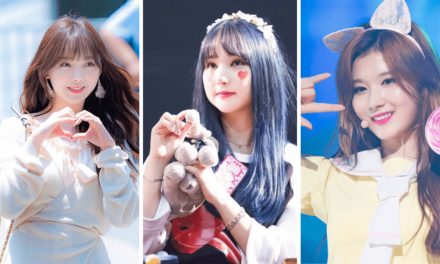
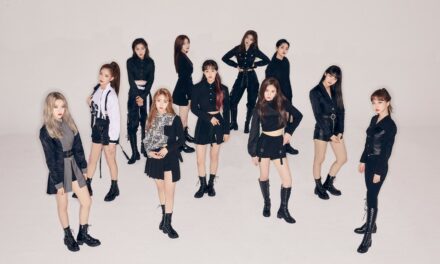









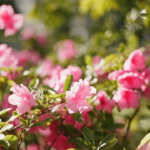



0 Comments